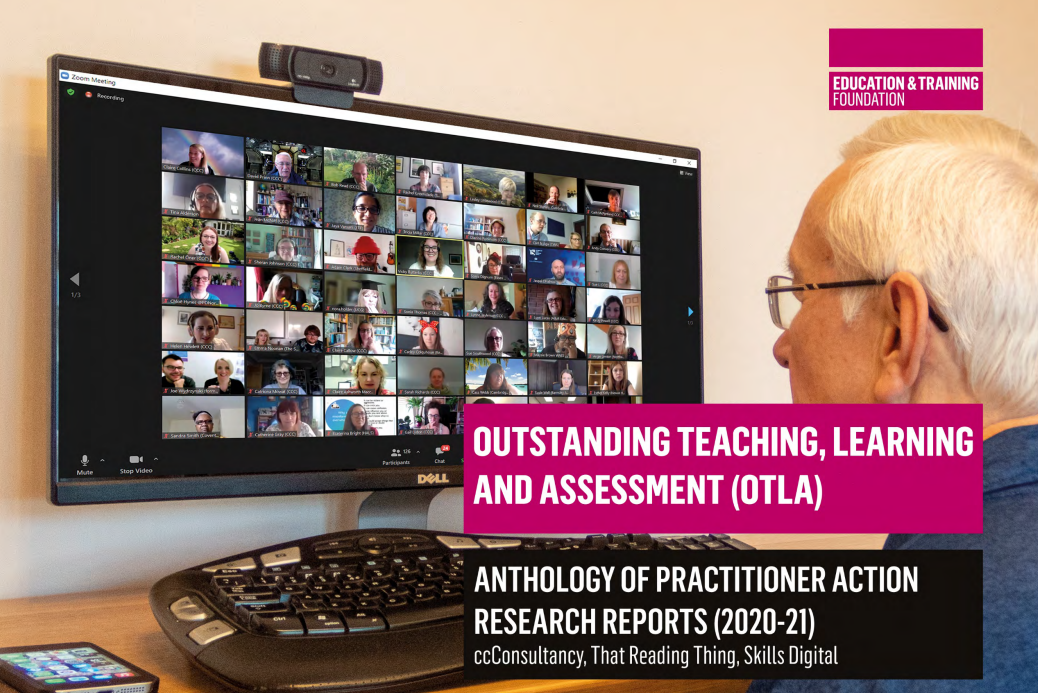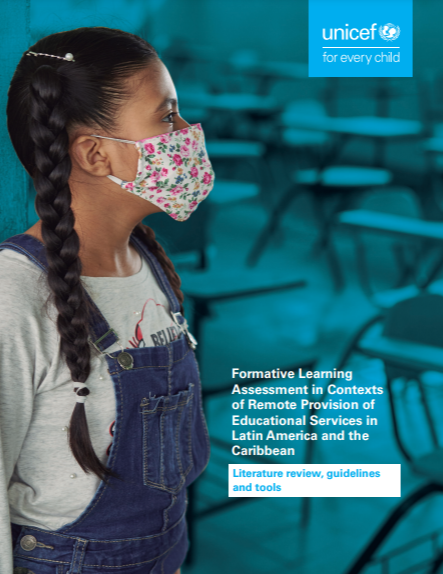
Intermediate
Translation Equivalence Across PISA Countries
2007
Translation Equivalence Across PISA Countries
MORE DOCUMENTS
-
ResourcesContent Type: DocumentsCreated: 2021
-
ResourcesContent Type: DocumentsCreated:
-
ResourcesContent Type: DocumentsCreated: 2021




